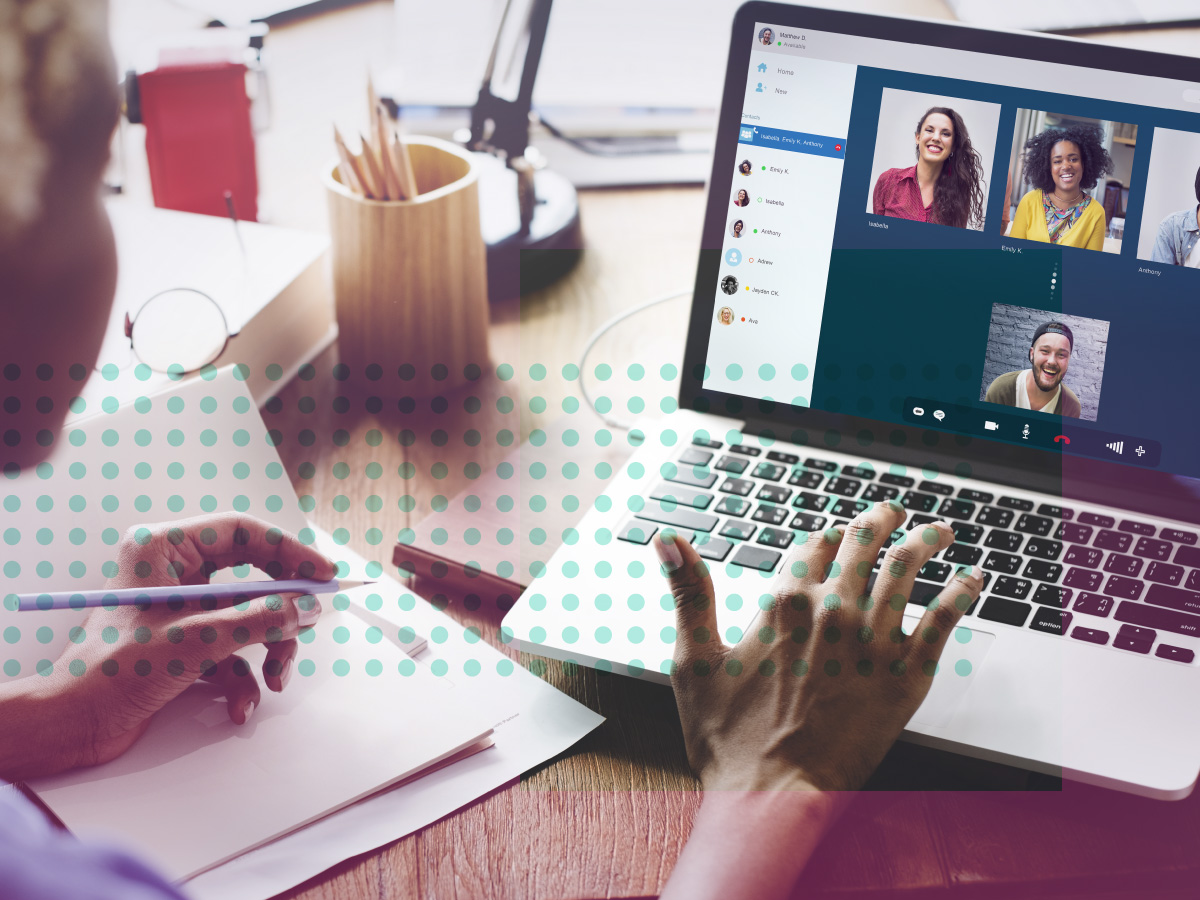

As people around the world adapt to new ways of living, working, and connecting, brands are scrambling to understand what their role is, and could be in the new landscape. The difference between brand activations that only generate talking points, and those that make tangible, authentic contributions to lives and communities will be stark and long-lasting.
But there’s inherent risk in trying to create a solution or a campaign in a vacuum, which is why why we’ve been working with a wide range of clients to support their digital research programs. Though it’s easy to slash marketing and research budgets in the short-term, now is the time to double down on insights-driven marketing. Many traditional research studies are still valid and we shouldn’t forget that; COVID-19 hasn’t fundamentally changed attitudes toward a lot of things (e.g. “I still like drinking Pepsi because…”).
At the same time, some consumer behavior is undergoing a monumental shift. Understanding these changes as they occur (rather than taking a wait-and-see approach) will help smart brands effectively plan for life on the other side. Those that wait? They’ll be left scrambling for half-baked insights once the dust settles. And the best way for your business to stay connected to your customers when you can’t connect with them in person is to take your qualitative research online.
If you’ve got in-person research planned, don’t cancel it. Moving focus groups and in-depth interviews (IDIs) online requires a refinement of methodology rather than a total rethink. Expenses are essentially the same, and if you’ve never done your focus groups online, you’ll find the virtual backroom experience to be surprisingly similar.
Online focus groups actually offer some advantages over in-person groups that are especially pertinent now. For one, you can speak to people all over the country — or the world — at the same time, with no travel required. That’s both a time and a cost-saver. And when you hear someone in New York interacting with someone in North Dakota in real-time, it really drives home the location-specific aspects of the coronavirus lockdown.
Focus groups are great for exploring broad ideas or white space, understanding emotional needs around brands and categories, or discussing very early-stage product concepts. They’re also great for inspiring meaningful group interaction, especially when you want to see customers argue or debate. You simply can’t replicate a passionate back-and-forth in quite the same way via a chat interface.
While the flow of conversation in a digital environment isn’t quite the same as in-person interviews, when done right, a shift online doesn’t involve a compromise in quality of insights.
While online groups might be an effective and easy replacement for traditional research methods, they aren’t the only option. Our smartest partners are seeing the current restrictions as an opportunity to be bold and take advantage of new technology.
By creating bespoke, private online insight communities, we’re able to engage with respondents in new ways and mix tried and tested research thinking with innovative digital tools. These communities can be short and incisive, designed to answer a specific questions. Or, they can be ongoing and flexible, designed to meet a range of needs — ideal for a time of unprecedented uncertainty when marketers need to be at their most agile.
We can launch a “pop-up” community in about a week to gather short-term insights over a period of days. An ongoing community requires a bit more planning but, once live, allows for almost immediate research. Projects can launch with minutes’ notice and feedback will roll in in minutes and hours, not days and weeks. In a world that changes daily (if not hourly), having the ability to check in with your customers is an essential driver of business success.
In either case, your community will host a range of research tools: diaries, forums, co-creation, live chats, surveys, polls, video, image mark-up, mobile, etc. We can implement these quickly to provide sharp tactical feedback or combine them to build longer-term iterative research frameworks.
Communities also provide an opportunity for participants to organically chat, share ideas, and work together. In the current environment, people are more excited than ever to gather online and share their feelings, discuss how their worlds have changed, and upload videos to illustrate their new lives and habits. Participation rates on our clients’ communities have never been higher.
To be clear, we don’t view digital focus groups or online communities to be better or worse than each other; they serve different purposes and suit different situations. There’s no substitute for hearing people speak in their own words, and the visceral backroom experience of listening to a live conversation can drive crucial in-the-moment discussion and inspiration for your teams.
On the flip side, in a focus group, you only have respondents for one 90-minute discussion at a particular point in time. While that creates rich in-the-moment conversation, respondents don’t have the ability to reflect and come back to answers, and the effects of peer pressure and groupthink can be hard to mitigate.
In the few short weeks coronavirus has been a part of our daily lives, some things have fundamentally changed. On one hand, it’s risky to talk to customers, because they may describe a different world than any of us have planned for. On the other hand, it’s even riskier not to talk to anyone and assume you can guess your way into the right answer. This is a time to be attentive, to listen, and to react quickly. Doing this without talking to your customers is a risk we don’t recommend taking.
Want to learn more about online focus groups? Ready to stand up your own online community? Contact us to learn more!
You must be logged in to post a comment.